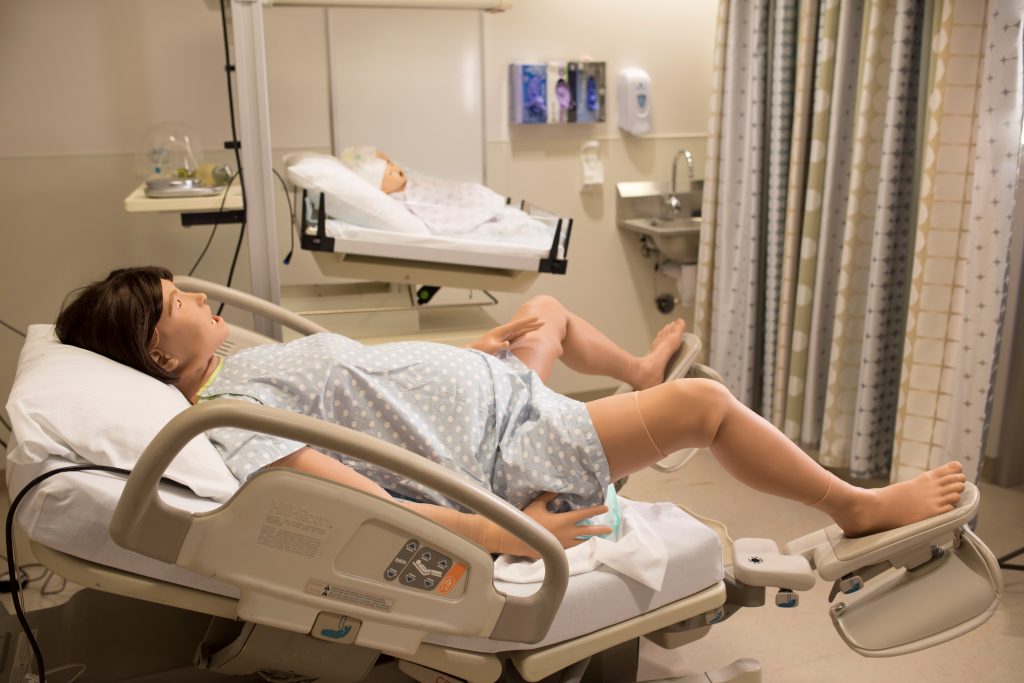
Editor’s note: This story pairs with “Utah maternal mortality rates stay stable, despite preventative measures“
Maternal mortality rates vary widely across geographic locations, but the causes tend to be the same, according to BYU nursing professor Debbie Edmunds.
“It depends on the expertise of the medical and nursing staff and the resources available,” Edmunds said.
Utah is unique in its high birth rate and amount of experienced providers, according to Edmunds.
Christina Elmore, who teaches intrapartum complications to doctorate midwifery students at the University of Utah, said Utah also has a much higher rate of out-of-hospital births than the national average.
However, research has shown the rate of out-of-hospital births doesn’t necessarily contribute to Utah’s maternal mortality rate, according to Elmore.
Elmore said maternal mortality in Utah is more closely related to socioeconomic status, income, access to care and whether the patient lives in an urban or rural area.
“When you start to break it up by racial groups, when you start to break it up by socioeconomic status, you start to really see more in terms of who is actually being affected,” Elmore said.
Nursing students and practitioners all over Utah are implementing methods to prevent maternal mortality.
BYU’s College of Nursing provides its fourth-semester students with a simulation experience: Lucina.
Lucina has 10 pre-configured birth scenarios, including postpartum hemorrhage — the most common cause of maternal mortality, according to Edmunds — pregnancy-induced hypertension and seizures.
All BYU nursing students must complete three birthing scenarios with Lucina before they do a clinical practicum in a local hospital’s labor and delivery unit, according to College of Nursing Public Relations Manager Jeff Peery.
The University of Utah College of Nursing also provides students with a high-fidelity simulation experience, according to its website.
The nurse midwifery program at the University of Utah teaches students to encourage flu vaccines, assess new mothers’ mental health and follow specific protocols for pregnancy-induced hypertension and postpartum hemorrhage.
“Practice and care of women according to what we do know is the best approach to decrease maternal mortality, and this is what is taught because it works to address many known causes of maternal mortality,” said Debra Penney, who teaches in the University of Utah nurse midwifery program.
Elmore said she meets frequently with other midwives in Utah to discuss topics relevant to their field. The obstetricians at the University of Utah also meet once per week to discuss cases, including what went well and what could be improved, according to Elmore.
Distilling information from sites where the maternal mortality rate is lower to places where the rate is higher could help reduce rates, Elmore said.
“In Utah, one of the things that could be done is the sharing of protocol,” Elmore said.




